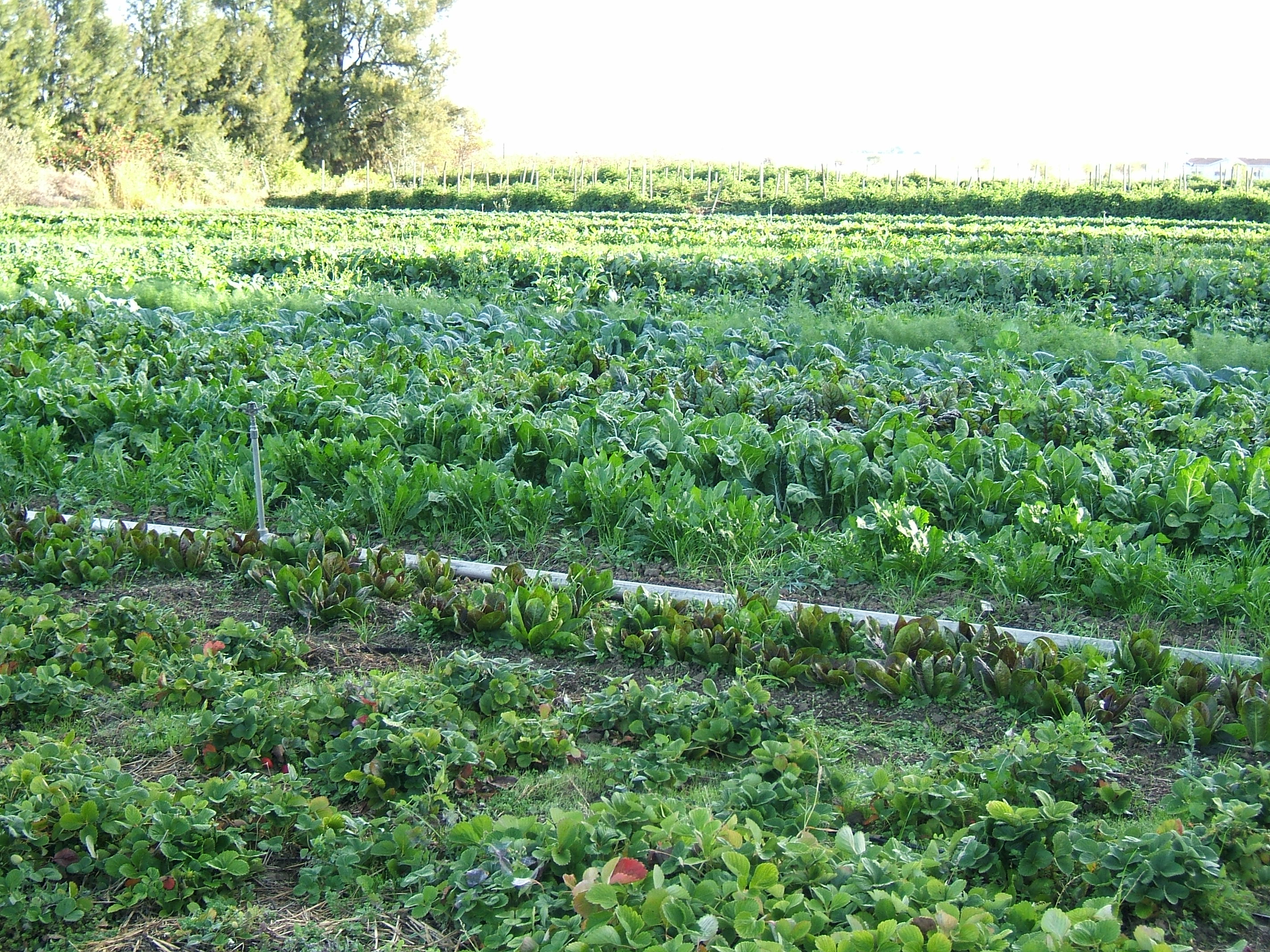What's happening with the proposed Charles Street corridor trolley in Baltimore?
The last press (via JHU) on their website (dated September 08') made it sound like funding issues and mixed community sentiment were slowing things down.
The project funding proposal seems to hinge upon Johns Hopkins University's willingness to voluntarily pay 50$ tax for each $100,000 assessed value of their property in the area, which probably comes to an enormous sum. Obviously, the current economic climate may make this voluntary payment unlikely to happen.
Secondly, the use of city funds to build a trolley serving an allegedly homogeneous population has been called into question: (from the above press link)
Ed Hayes, a resident of Remington and an opponent of the trolley, put his concerns about the trolley in stark terms. He believes that it would be a "gated transportation system" which would only serve to connect the "all white Charles Village to the all white Inner Harbor."The three primary districts in question, Inner Harbor, Mount Vernon and Charles village/JHU homewood are unquestionably neighborhoods that are 'whiter' than average in Baltimore.
But shouldn't one also note that are neighborhoods with great historical and architectural significance, house multiple city cultural institutions (museums, schools, etc) and serve as a city business corridor?

(Postcard depicting street trams in Richmond, VA--1920's. Public Domain)
~
Just a Tourist Trap?
Some opponents of the Trolley, on a website here(Trolleytrouble), take issue with the cost (they quote 300 million, the JHU article quotes 150 million) compared to busing. They also argue that the trolley wont provide reliable transport and in fact, may cause congestion.
One thing I noticed however, is that in fact nowhere do trolley supporters suggest that the project would ease congestion or provide convenient transportation. They carefully use words like 'calming' or 'connectivity' when describing befits--never efficient or economical.
The official page here suggests that increased tourism, "image" and retail visibility are the concrete primary goals of the project--and frankly, I think that a trolley probably would help meet these.
~
Fair?
And so, the question seems to be: "Is it fair to use some public (special tax district, state and federal) funds to build a private tourist amenity for the benefit of a culturally and historically significant yet possibly elite 'minority*' enclave."
My personal answer would be "Not unless the people who are paying for it, or their representatives, approve the project by democratic process."
Its currently unclear to me if this has really happened yet.
When and if it does however, I hope neighborhoods not impacted by the Trolley will allow it to proceed.
Under current plans, the Private, not-for-profit 'Baltimore Development Corporation' plans to use 71 million dollars of "state and federal" [funds] for building the line.
If and when elected state officials find the project worth funding, I believe one must consider it the same as a majority of it's citizens democratically doing so as well.
The remainder 85 million would be raised by a 'special tax zone' 1/4 miles on either side of Charles Street.
~
The Future
I like the idea of a Trolley in Baltimore. It would be fun to ride and increase ease of transportation for some--but I don't think I can support the proposal until it is either approved democratically by the citizens of the communities that will pay for it,-- or payed for entirely by private voluntary revenue.
~
NOTES:
- Interesting site: why people don't ride mass transit.
- The entire budget for the general fund for the city of Baltimore in 2008 was about 1,004 million dollars.
- The JHU article prices total construction costs at 156 million--71m of which would be from state/federal sources.
- Here's a great article about history of streetcars in Baltimore.
- Some more reactions, via YouTube:







